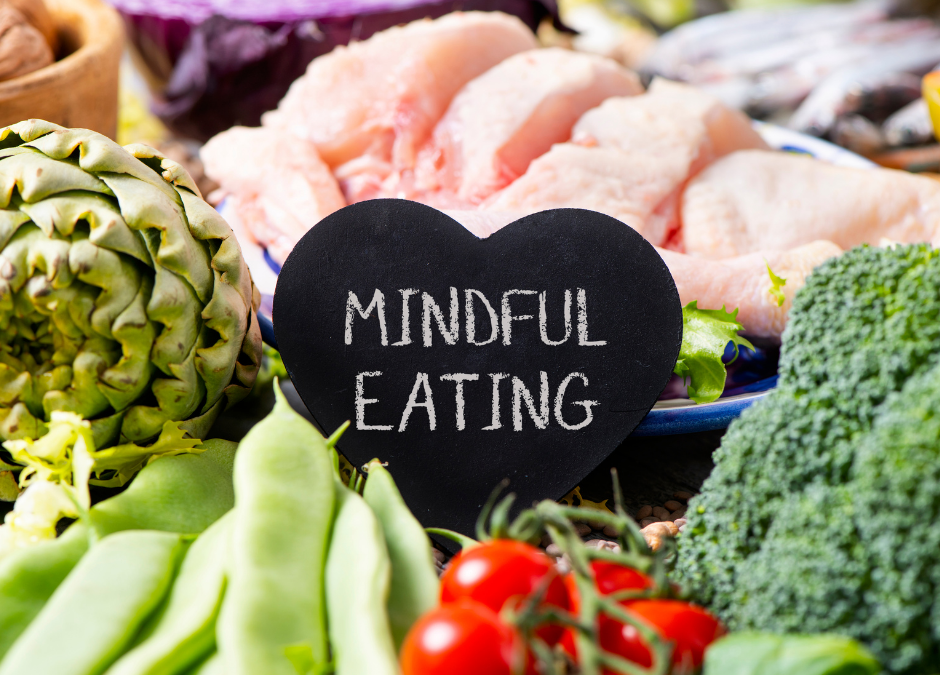By Mark Szabo
I just Googled the phrase “best diet” and it returned about 1.7 Billion results. Is there any wonder why people are confused about what they should be eating? Even if you just look at the “top” diets, there are dozens from which to choose. Some want you to cut out all carbs completely. Some want you to eat high fat. Some want you to narrow your choices to only one food (i.e., “the cabbage diet” or “the citrus diet”). Some of them want you to think like a caveperson. And others want you to avoid everything having to do with animals.
At Eclectic Well-Being, we don’t like to talk about “dieting,” because being “on a diet” implies that at some future point, you will be “off the diet.” Speaking from personal experience, this leads to a phenomenon known as “yo-yo dieting.” (For the uninitiated, “yo-yo” dieting refers to starting a diet, losing some weight, getting tired of sticking to the diet, resuming “normal” eating again, then gaining back all of the weight you’ve lost, oftentimes plus five pounds more.)
Instead, we prefer to develop the External Self by helping our clients figure out what they should be eating and how they should be moving in a way that works for them. Human beings evolved to survive and thrive on a wide variety of different foods. What might work for one person isn’t guaranteed to work for another person. In other words, there is no such thing as a “best diet” that’s going to work for every person on the planet, every time. Our approach follows a simple scientific strategy: 1) Assess and gather data; 2) Understand and explore; 3) Strategize and plan; 4) Choose and test; 5) Observe and monitor; and 6) Analyze and evaluate; which then leads us back to 2) Understand and explore, and the process continues.
We work with our clients to develop easy-to-learn health habits that they will use for the rest of their lives and explain why these habits are important. For instance, how much should you chew your food, and why? To answer that, we must first understand that since our food was once living organisms (plants or animals), it is chemically complex. Before our body can use the nutrients from our food, it must be broken down into its simplest form. That means before we can use protein, it must be broken down into amino acids. Likewise, carbohydrates need to be broken down into glucose, and fats need to become fatty acids. The process by which the body breaks our food down we call digestion.
Most people think digestion occurs in the stomach, but it actually starts in the brain, before the food even makes it into our mouths. We usually call this “hunger.” Hunger causes us to seek out food. When our brain thinks we’re about to eat, it sends signals to the rest of the body that tell our other systems to prepare to receive nutrients. When you feel your mouth start to water, that’s your salivary glands preparing to moisten the food you’re about to pop into your mouth. Saliva also contains a host of enzymes that help us to break macronutrients into their respective parts. Once the food enters the mouth, we instinctively chew it. The tongue moves the food back and forth between the sides of the mouth where the teeth grate, grind, shred, and tear our food into smaller pieces. Most of the time, we don’t really need to think too much about chewing, it just sort of happens. But sometimes we eat while distracted and the tongue or cheeks end up in the path of those teeth. Ouch. Eventually, the food is formed into a ball-like lump called a bolus, which is then passed to the pharynx before we initiate the process of swallowing.
Once swallowed, the food is on a (usually) one-way trip to the stomach, where powerful muscles, more enzymes, and hydrochloric acid break the food down even further. This is where effective chewing really pays off. If the bolus passed to the stomach has been chewed to the point that it’s almost a paste, the stomach has a much easier job of breaking it down. On the other hand, if you have a tendency to bite into a chicken leg and swallow it whole, you may open yourself up to some level of indigestion.
The skill to develop here is to eat slowly and mindfully. Take the time to enjoy your food. Taste it. Savor it. Chew it thoroughly. Make it easy on your stomach to digest. Make it a practice, make it a habit. Because healthy habits are the key to long, healthy life.
If you enjoyed this article and would like to discuss your own nutrition goals with me, use this link to book a call: https://eclectic.kartra.com/calendar/Mark1-2-1


Recent Comments